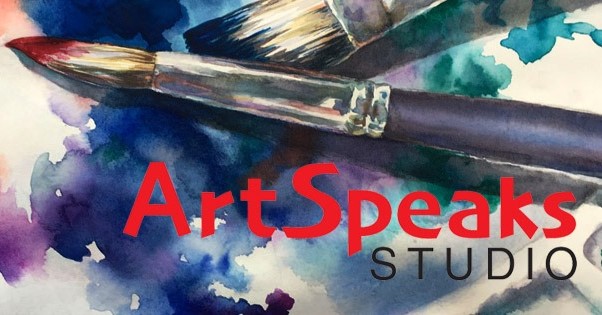In my classes I offer the students an opportunity to bring in reference photos for feedback before they decide the subject matter for their next painting. I insist that the photos be their own or at least one that a non-professional has taken in order to maximize their learning opportunities in terms of composition. The students say this exercise is really helpful as they try to understand design and which subject matter is most likely to result in a successful painting.
Recently, one of my students brought in a snapshot he took of the wreckage of a bomber that crashed in the 1970s in Iceland.
https://icelandmag.is/article/all-you-need-know-about-solheimasandur-plane-wreck That plane has become a tourist attraction in the area and my student had been to see it while sightseeing.
I was surprised to see his photo because the same wreck had been the subject in an award winning watercolor by Peter Jablowkow that was in the Transparent Watercolor Society National Competition. I was surprised because that doesn’t seem like it would be a popular theme but here was a guy in Dallas, Texas who was also considering painting a subject that I had previously thought to be unusual.
It just confirms that there is nothing new under the sun and artists would be hard pressed to find a subject that hasn’t been painted before. I see examples again and again.
As you choose your subject, you need to be really clear about what your goals are and select your subjects accordingly. If you are painting totally for yourself and don’t care about anyone else’s opinion, you do not need to consider the effectiveness of the composition or the engagement potential of the subject. However, most of us would like to have other people to respond to what we do so we need to understand that the painting needs to be exceptional in order to be accepted.
To do that it must be:
· Skillfully Done – Uses the media with expertise
· Authentic to the Artist – Reflects the artist’s sensibilities and experience. Is not an appropriation of someone else’s artworks
· Distinctive – Is different from the other paintings and memorable
The problem is that there are a lot of really well-done paintings of every theme so there is a lot of skillful competition.
For instance, there will inevitably be several paintings in every show of photo realist presentations of table settings with very shiny or transparent objects like crystal bowls. These are always crowd pleasers because the skill involved is widely appreciated. Because there may be a number of them entered, and the Juror will want to include a range of subjects, some really wonderful paintings may find themselves rejected.
And if you paint a landmark tourist attraction, imagine how much competition there will be. It isn’t unusual for two Sphinx paintings or two Statues of Liberty to be submitted to the same show.
You wouldn’t think that Zebras would be a subject that would attract a lot of artists, but it does.
And these common themes result from the fact that we all share common experiences so our subject may inevitably look like other people’s work without being derivative. The bottom line is that there is nothing new under the sun, so it is hard to be totally different. Everything has been painted before, again and again.
This subject may seem unusual, but it obviously isn’t.
Here are two paintings that were selected to show in the Transparent Watercolor Society of America 45thAnnual Juried Exhibition. Perhaps if only one had entered, it might have won an award because one artist is painting another artist making art.
So how can artists strengthen their chances of being selected for a show? They can become identified with a particular subject so that other artists will stay away from it, or they can use a particular compositional device like signature color choices or uses of texture, or by adopting a characteristic point of view. These are strategies for establishing an identifiable style.






Comments